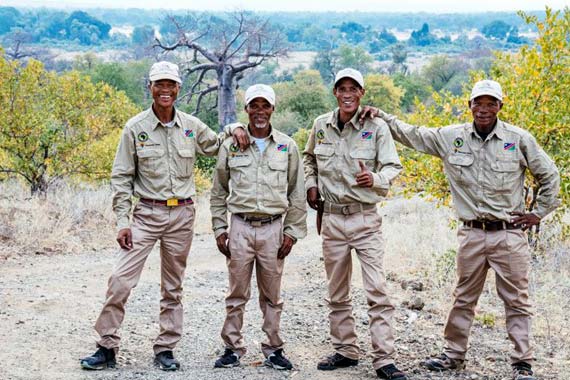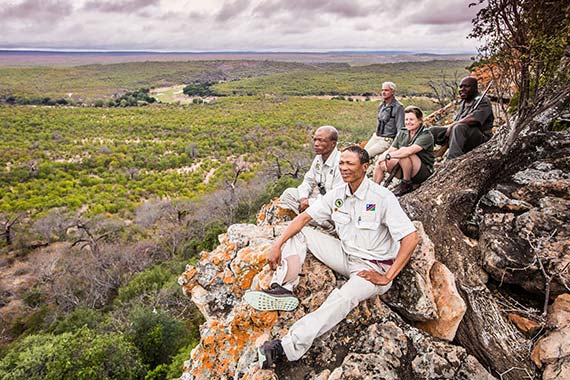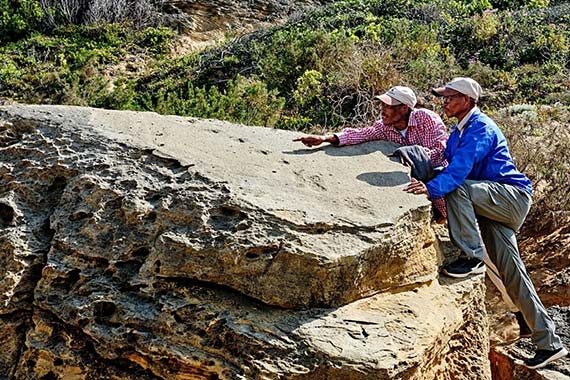The Master Trackers
enriching our walking trails in the wilds
Before the Anthropocene, before the Holocene, it seems we were all hunter-gatherers. Twelve thousand and more years ago different wits, talents and perspectives were needed and enjoyed. What should we hold onto?
Perhaps tracking was the origin of science. But who can still read the signs in the earth today, and tell us where we are going? Not many people anywhere in the world retain the ancient skills and insights. The Ju/'hoansi are amongst the few. And just a handful amongst them carry the badge of Indigenous Master Tracker.
Our Trust has joined others in helping preserve, expand and pass down the old ways. The Masters have enriched our walking trails in the wilds, stunning the trail-goers with extraordinary displays of tracking prowess.
And we are helping – again with others – peer-to-peer and youngsters’ training in the Nyae Nyae conservancy of north-eastern Namibia.
Ichnology
the study of trace fossils
![]()
There be lions on our beaches – 70,000 years ago
Paleo-ichnology, a branch of paleontology, is the study of trace fossils, expressed as tracks, burrows and other traces that organisms left in the geological record. Its stories can be read across the world, but perhaps no more profusely than on the Cape south coast of Africa.
The coastline is punctuated with kilometers of aeolianites, ancient cemented sand dunes. These compacted layers comprise hundreds of thousands of years of depositions, from around 36,000 to 500,000 years ago. With the trained eye, the tracks of the creatures of yesteryear are there to be found and deciphered.
No eyes and instincts are more finely honed than those of the Master Trackers, and the Trust has facilitated their participation in a number of field expeditions. They have made an enormous contribution – still ongoing – in identifying the first ever pangolin tracks in the fossil record, as well as rhino, elephant, tortoise and hyena.
They are helping with another very special mission as well – finding the footprints of our forebears, made anything between 50,000 and 200,000 years ago on the fringes of the now inundated Paleo-Agulhas Plain. The search is also on for the signatures of the now extinct Blue Buck, and perhaps the long-gone Cape Mountain Lion.
To date, the Masters have featured as co-authors of two scientific papers. Snapshots of their work can be seen at TheConversation.com website:
First fossil pangolin tracks discovered in South Africa
First fossil hyena tracks found in South Africa – how expert animal trackers helped
We work with Sansense and Routes and Journeys in the Kalahari.
![]()
The healing dance of the Nharo Bushman of the central Kalahari.



